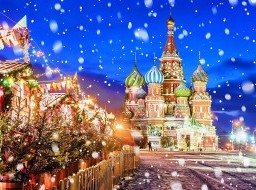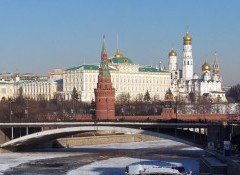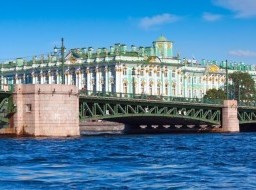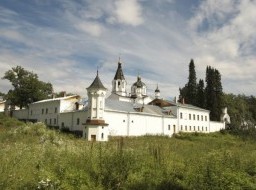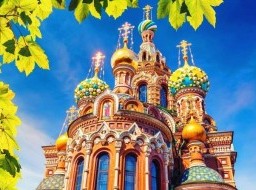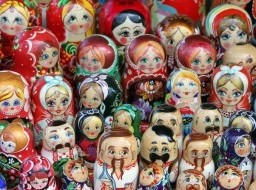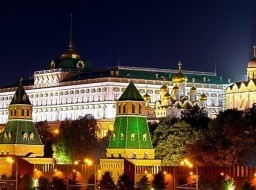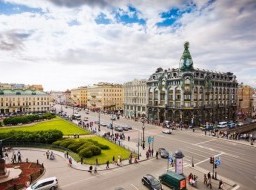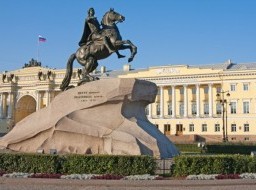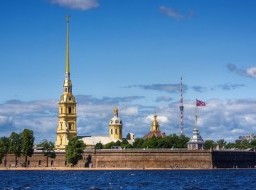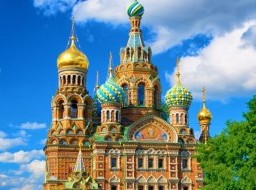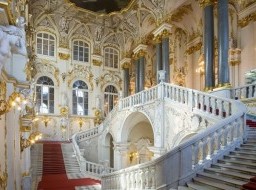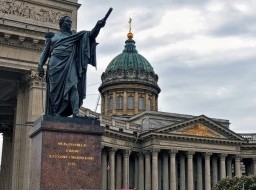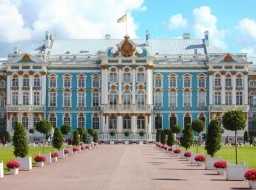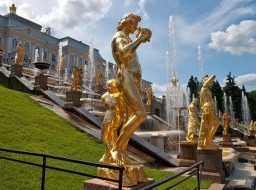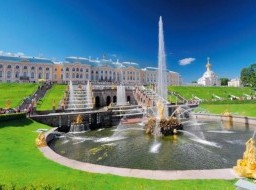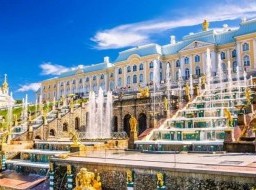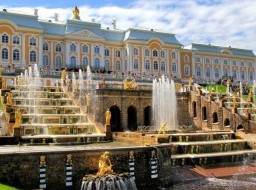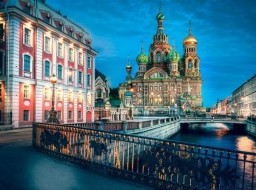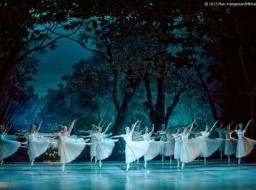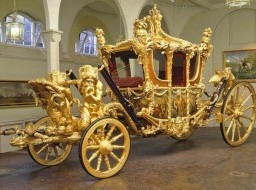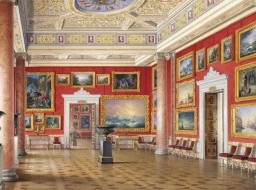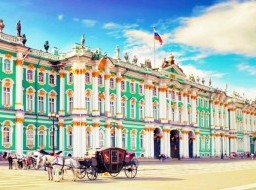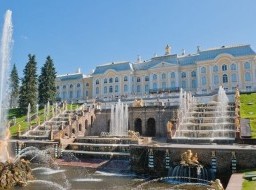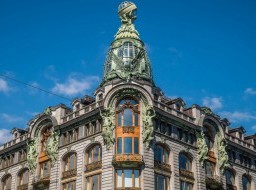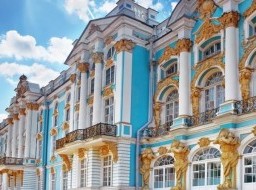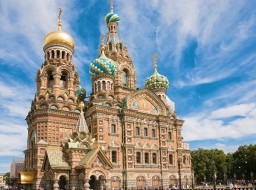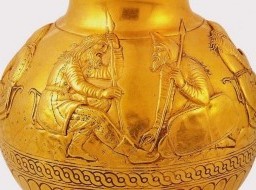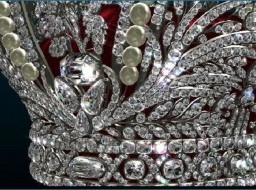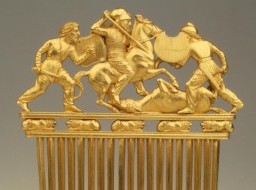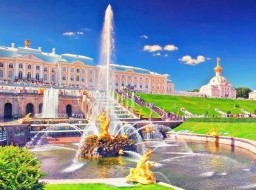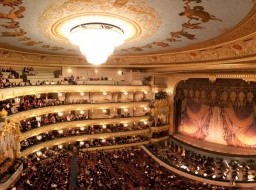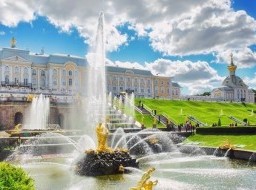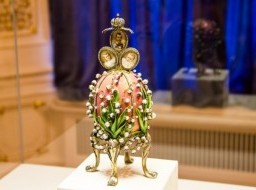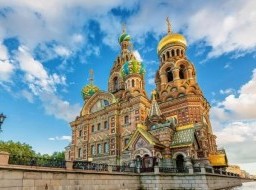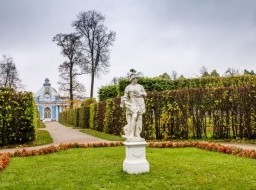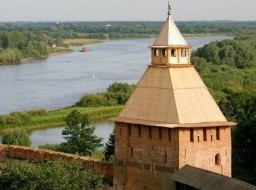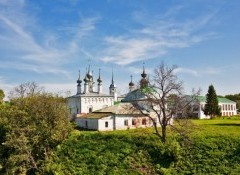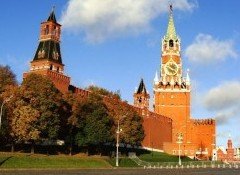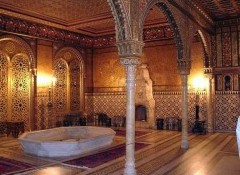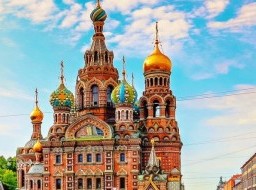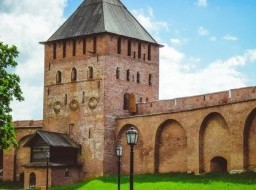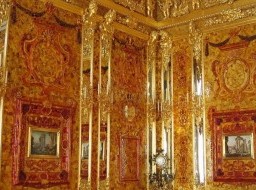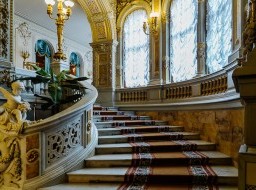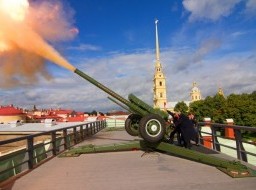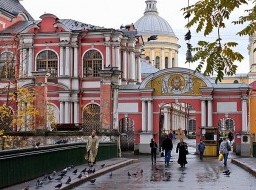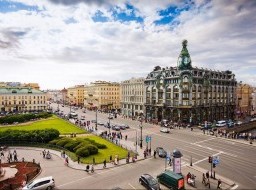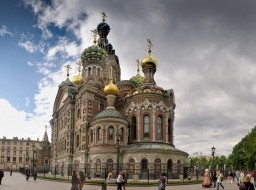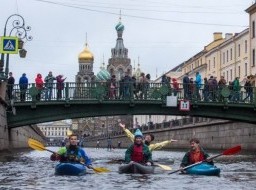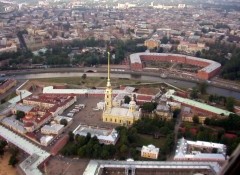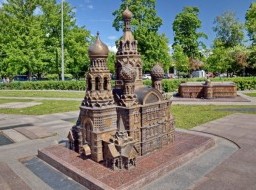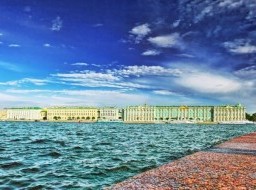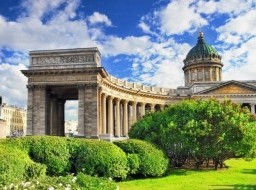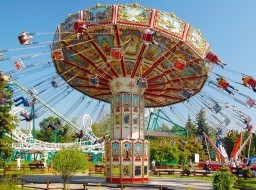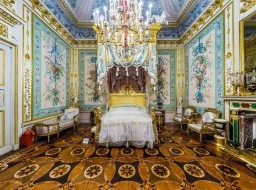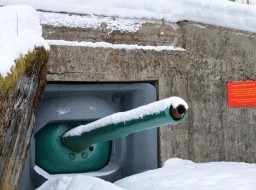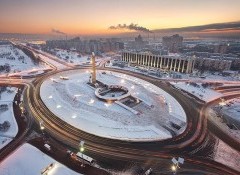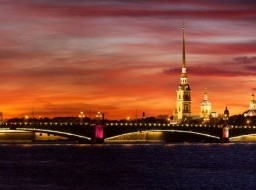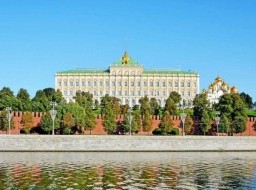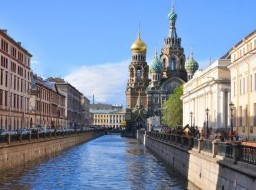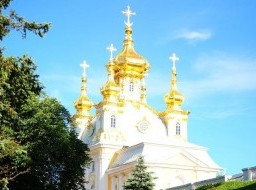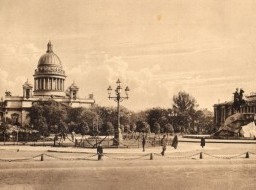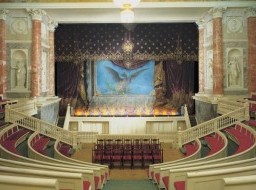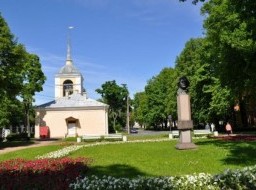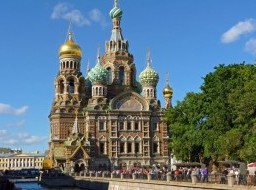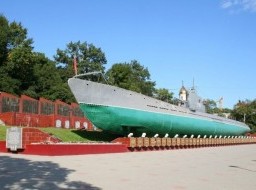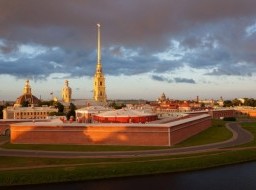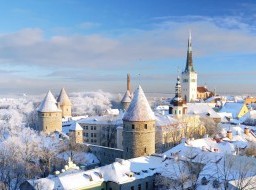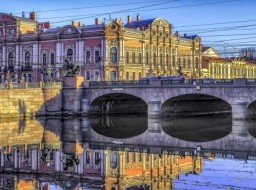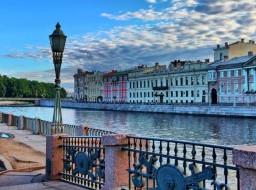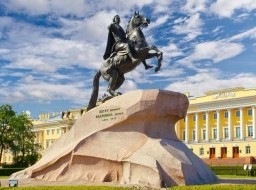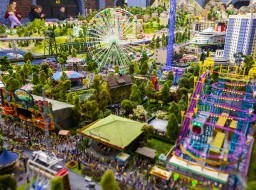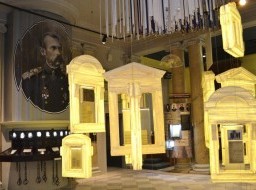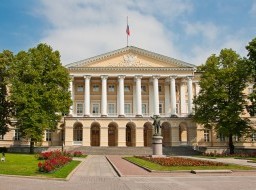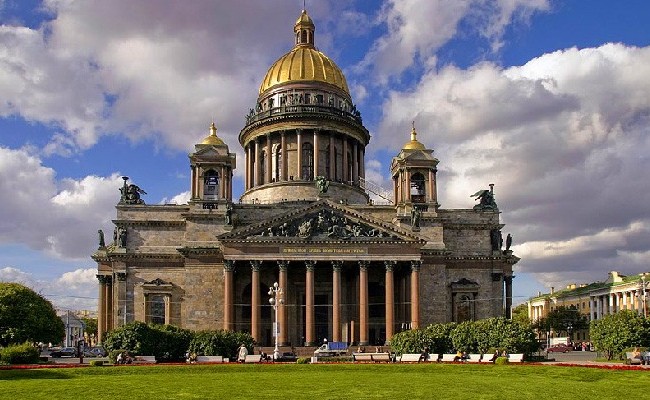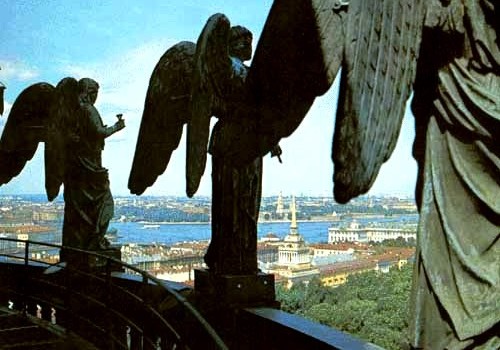St. Isaac Cathedral
St. Isaac's Cathedral is a colossal domed cathedral built in the nineteenth century. Its monumental and majestic image creates a unique accent in the city’s skyline and serves as much a landmark of the northern capital, as the spire of the Cathedral in the Peter and Paul Fortress and a gold ship atop of the Admiralty. It is originally the city's main church, one of the most impressive landmarks of the Russian Imperial capital. St. Isaac’s Cathedral is one of the greatest dome constructions in the world, smaller in size only in comparison with the Cathedral of St. Peter in Rome, St. Paul’s Cathedral in London and Santa Maria del Fiore Cathedral in Florence. Grandness of this temple is shown by its size: the height of the building is 101.5 m; the length is 111.2 m; and the width is 97.6 m. The cathedral's facades are decorated with sculptures and massive granite columns (made of single pieces of red granite), while the interior is adorned with incredibly detailed mosaic icons, paintings and columns made of malachite and lapis lazuli. The view is amazing!
St Isaac's Cathedral is one of the symbols of St Petersburg and Russia. This architectural marvel has dominated the city's skyline for 150 years. With its elaborate decoration and artistic mosaic techniques, many claim it to be one of the most impressive major cathedrals in Russia. Apart from being a church where services are held on significant religious holidays, it is also a museum. And if one dares to take a 300 step climb to the cathedral's colonnade, they will surely be breath taken enjoying the stupendous panoramic view of the city. The Cathedral was rebuilt four times, the first one was constructed in 1707 during the reign of Peter the Great. And the construction of the forth one was connected with the life of the famous French architect Auguste Montferrand who was building it for 40 years. May be it took so long to finish the work, because it was predicted to the architect that he would die as soon as the Cathedral was built. And indeed, Monferrand passed away a month after he finished the creation to which he dedicated all his life. Another legend has it that clairvoyants predicted that as soon as the construction trestle will be removed, the house of Romanovs will fall. Another mere co-incidence, but as you may guess, it happened in 1916, not long before the murder of the Emperor and his family. It's difficult to imagine how much effort and money was spent on this construction. To decorate the interior it was necessary 882 lbs of gold, 16 tonnes of malachite and a thousand tonnes of bronze. The mosaic area took 7108 square yards. The exterior strikes with its imposing appearance, the effect is created by the massive columns and the huge dome (it later influenced the design of the Capitol in Washington, DC).
The dome is gilded with 100 kilograms of gold. And St. Isaac's is ranked as number one in the world for the richness of its interior decoration. It just should be looked at! Inside, there is a large iconostasis covered with icons all over. Most of the icons are mosaics. But you will not be able to tell they are! They look like original paintings after which they were made. And it took two masters one year to create only one square meter of a mosaic! This work is really elaborate and time-consuming. But the result is worth it! St. Isaac's is sometimes called "the museum of natural stone" for in its decoration all kinds of stones were used - 16 different kinds of marble from all over the world, malachite, lapis-lazuli, granite etc. The walls are decorated with beautiful paintings made by the most renowned Russian painters - members of the Academy of Fine Arts, to the stories of the Old and New Testaments. The dome was painted by the president of the Academy of Fine Arts Karl Bryullov to the subject of "Virgin in Glory". Under the very roof in the centre of the dome a white dove is hovering casting divine light upon the astonished visitors… There is much more to see and hear inside of St. Isaac's Cathedral which is now turned to a museum for everybody to admire.  St. Isaac Cathedral When the Bolsheviks came to power, the Cathedral was closed and later turned into a museum of atheism. It's not necessary to mention that the priceless items were announced 'not having artistic value' and were taken away and melted. Another wave of hard lot covered the Cathedral during the WW2 when a few missiles exploded nearby and at the minor dome. But even more destructive were weather conditions, since the beginning of the War, the heating system was out of order, snow and rain were getting inside through the holes in roof. The restoration began in 1947 and little by little over the years, its interior, mosaic and icons we restored. As before, the Cathedral's facades are decorated with sculptures and massive columns and the interior - with unbelievably detailed mosaic icons and paintings. The gem is the colored stained glass window of the Resurrected Christ inside the main altar. Another highlight is the Wonderworking Tikhvin Icon of the Thoetokos honored by all the Orthodox Christians. The church is designed for 14000 standing people and does leave an unforgettable impression, especially when you raise your head to look at the interior of the great dome honoring the Holy Spirit. |
|
